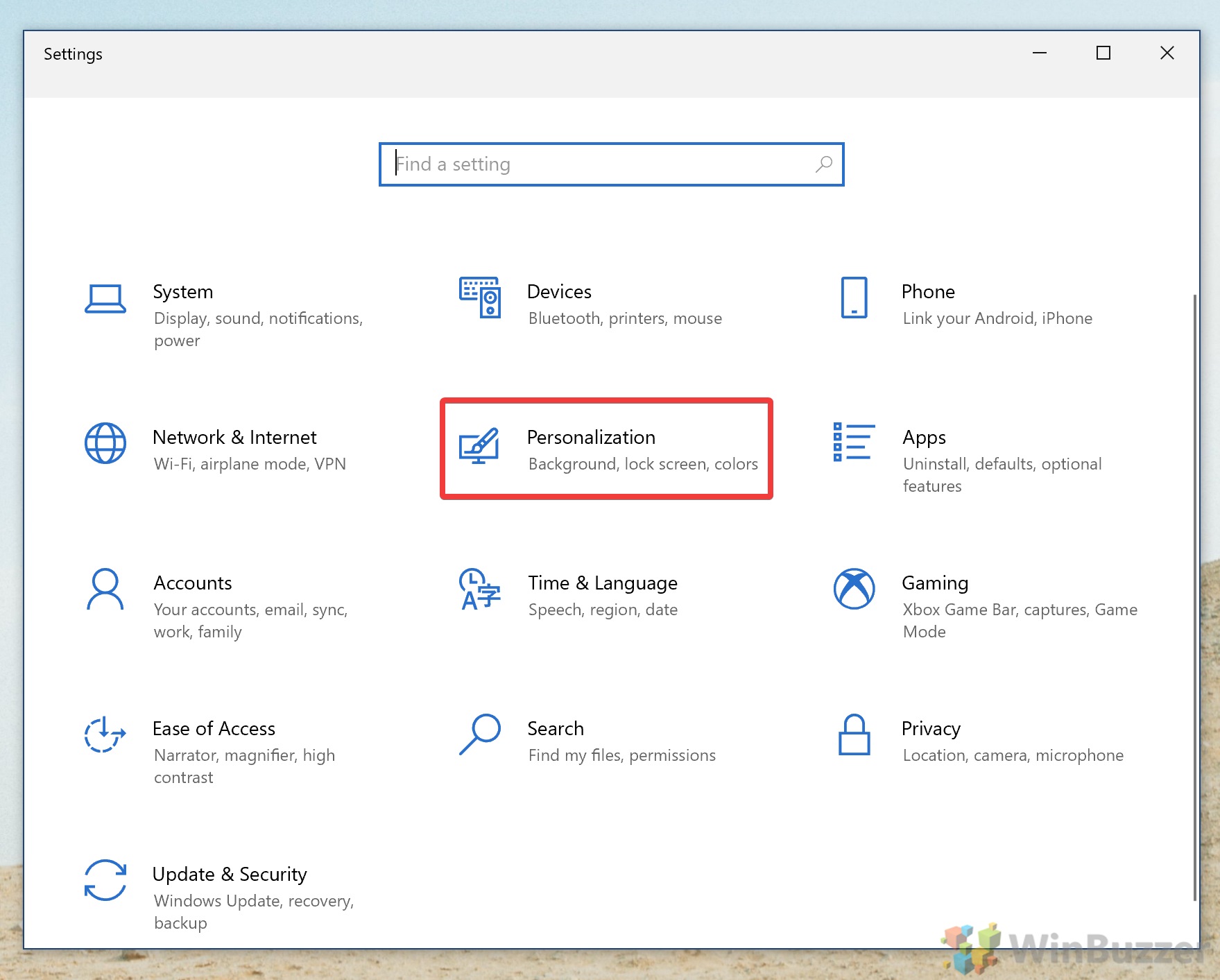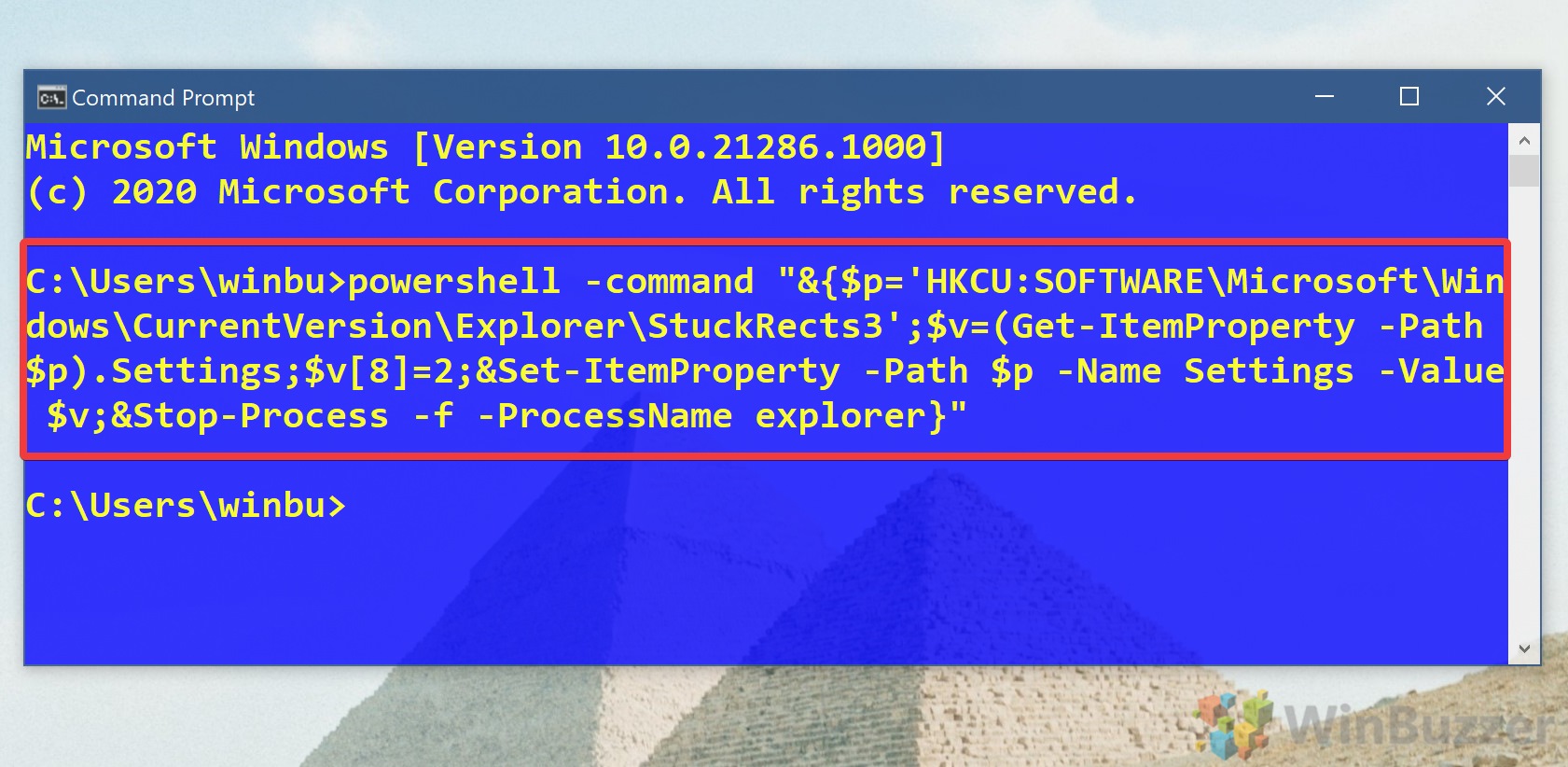The taskbar is an essential tool when it comes to accessing your open and frequently used apps. However, it also takes up screen real-estate. There are two types of people, those who want to hide the taskbar in Windows 10 and those who want to keep it always on top.
Whatever the choice, it’s rooted in Windows 10’s Auto-Hide taskbar setting. While turned on, it’ll get rid of your taskbar when you aren’t hovering over it. For reference, the default behavior is having auto-hide off to increase productivity.
Today we’re going to show you how to hide the taskbar and unhide it again to suit your preferences. We’ll run through several methods so that if your taskbar is not hiding or unhiding via one method, you can try another. Let’s get started:
How to Unhide or Hide the Taskbar via Windows 10 Settings
The most user-friendly way to hide the taskbar in Windows 10 is, unsurprisingly, via its in-built settings app. Doing so only takes about a minute.
- Open Settings
Press the Start button, then click the Settings cog, above the power button.
- Click ‘Personalization’
- Turn auto hide taskbar on or off
In your Taskbar settings Window, look for the option that says “Automatically hide the taskbar in desktop mode”. Turning it on in Windows 10 will hide the taskbar. Turning it off is how to unhide the taskbar.
How to Turn Auto-Hide Taskbar On or Off via Registry Editor
If your taskbar is not hiding via the above method or your taskbar has disappeared, you may have to make a tweak to your registry to get the changes to take. Before you start, make sure you back it up and follow our safe registry editing guide.
- Open Registry Editor
Press Start and type “Registry Editor”. Click the top result.
- Navigate to the auto hide taskbar registry key
In your Registry Editor search bar, paste the following:Computer\HKEY_CURRENT_USER\Software\Microsoft\Windows\CurrentVersion\Explorer\StuckRects3
In your main pane, double-click the Settings entry.
- How to hide the taskbar in Windows 10
To enable auto-hide taskbar, find the row with the value data “00000008″. Double click the value in the first column, which should be “03”, and change it to “02”. When you’re done, press “OK”.
- How to unhide the taskbar in Windows 10
To disable taskbar auto-hide, find the row with the value data “00000008″ and double-click the value in the first column, which should be “02”. Change it to “03” instead and press “OK”.
How to turn Auto-Hide on or off with Command Prompt
If you’re struggling with the registry editor, you can instead use Command Prompt to edit its values. As you’ll simply copy and paste the commands we provide, you can be sure you won’t mess anything up.
- Open Command Prompt
Press Start and type “Command Prompt”. Click the top result.
- Turn auto-hide taskbar on
To turn Taskbar hiding on, paste the following press Enter:powershell -command "&{$p='HKCU:SOFTWARE\Microsoft\Windows\CurrentVersion\Explorer\StuckRects3';$v=(Get-ItemProperty -Path $p).Settings;$v[8]=3;&Set-ItemProperty -Path $p -Name Settings -Value $v;&Stop-Process -f -ProcessName explorer}" - Turn auto-hide taskbar off
To turn Taskbar auto-hide for Windows 10 off, paste the following press Enter:powershell -command "&{$p='HKCU:SOFTWARE\Microsoft\Windows\CurrentVersion\Explorer\StuckRects3';$v=(Get-ItemProperty -Path $p).Settings;$v[8]=2;&Set-ItemProperty -Path $p -Name Settings -Value $v;&Stop-Process -f -ProcessName explorer}"
Now that you’ve learned how to hide the taskbar, you may want to enable or disable its thumbnail preview or change its color to your liking. Let us know if you run into any problems in the comment below.














